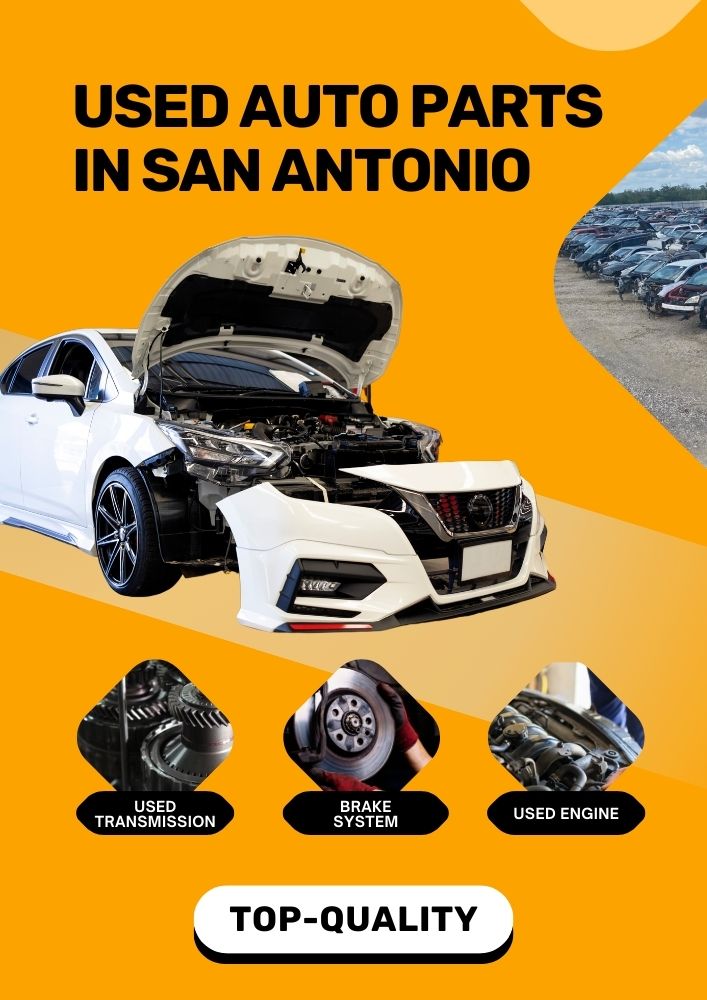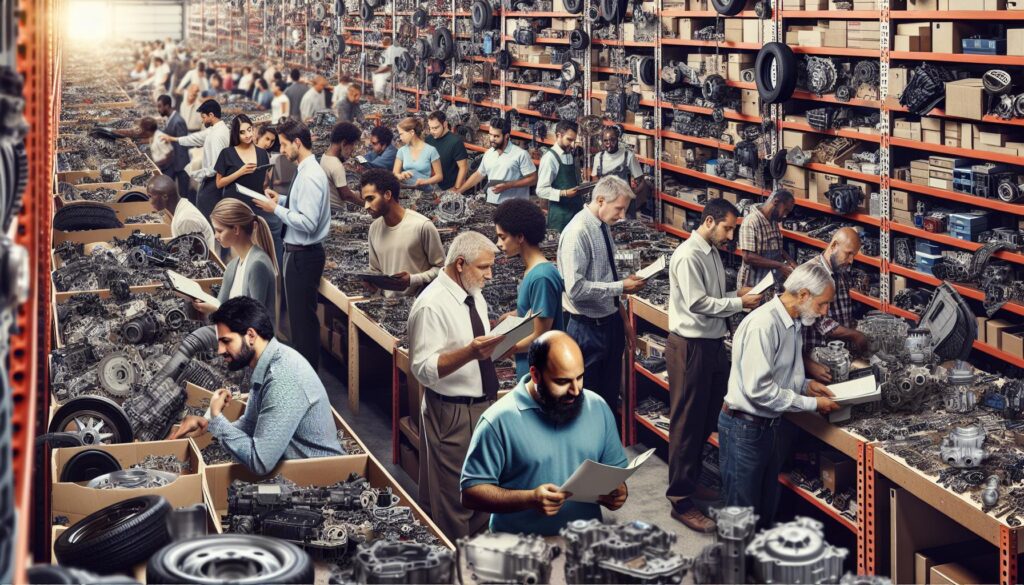How the Pandemic Altered Consumer Behavior
The COVID-19 pandemic has fundamentally changed various aspects of our daily lives, and one surprising shift has been the skyrocketing demand for used auto parts. This surge stems from several factors, including disrupted manufacturing lines, economic constraints, and a heightened focus on sustainability. In this article, we’ll explore these influences in detail and understand why consumers are turning to used parts to keep their vehicles running.
Supply Chain Issues: New Parts in Short Supply
One of the primary drivers behind the increased demand for used auto parts is the disruption in global supply chains. The pandemic forced many manufacturing plants to close down temporarily, creating significant backlogs. Even as these facilities reopened, they faced numerous challenges, ranging from limited workforce availability to difficulties in sourcing raw materials.
- Manufacturing Delays: The halting of production lines meant fewer new parts were being manufactured and distributed.
- Shipping Bottlenecks: Ports were (and in some cases still are) experiencing heavy congestion, causing delays in the shipment of parts.
Thus, consumers who would typically opt for new components found themselves considering alternatives. Used auto parts became an appealing option, providing a more accessible and immediate solution.
Economic Considerations: Wariness in Spending
The economic downturn brought on by the pandemic resulted in tightened budgets for many. Job losses, reduced working hours, and overall financial insecurity made people more cautious in their spending. In this context, purchasing used auto parts presented a cost-effective alternative to buying new ones.
- Affordability: Used parts are generally more affordable, significantly reducing repair costs.
- Value for Money: High-quality used parts can perform just as well as new ones if properly sourced and maintained.
This monetary prudence not only helped car owners fit repairs into their budgets but also encouraged a shift in perception about the reliability and value of used components.
Sustainability: The Green Choice
Another factor propelling the demand for used auto parts is the growing consciousness about environmental sustainability. As awareness around the ecological impact of waste and resource consumption increases, many consumers are seeking ways to reduce their carbon footprint.
- Environmental Benefits: Reusing auto parts decreases the demand for new manufacturing, resulting in lower emissions and conserving resources.
- Waste Reduction: Keeping functional parts in circulation helps prevent them from ending up in landfills.
This alignment with sustainability goals has broadened the appeal of used auto parts, especially among environmentally conscious consumers.
Where to Source Quality Used Auto Parts
Given the rising interest, various platforms and suppliers are stepping up to meet the demand for quality used auto parts. However, sourcing reliable components requires careful consideration and due diligence.
Here are some tips:
- Verify the Seller: Ensure the seller has a good reputation by checking reviews and ratings.
- Inspection: If possible, inspect the part yourself or get a mechanic to evaluate its condition.
- Warranty: Look for parts that come with a warranty or guarantee, giving you peace of mind about your purchase.
One notable platform where you can find high-quality used auto parts is GiantImports. They offer a wide range of components that can help you keep your vehicle in top shape without breaking the bank.
The Rising Popularity of Online Marketplaces
Online marketplaces have become increasingly popular for purchasing used auto parts, providing a convenient and often more extensive selection than traditional brick-and-mortar stores. Additionally, features like user reviews, detailed product descriptions, and secure payment options have enhanced buyer confidence.
- Convenience: Online shopping allows you to search and purchase parts from the comfort of your home.
- Wide Range: You can access a broader inventory of parts, including rare or hard-to-find items.
DIY Repairs: A Growing Trend
The pandemic also saw a surge in do-it-yourself (DIY) car repairs as people spent more time at home and sought to save money. Online tutorials, forums, and video guides have made it easier than ever for individuals to perform their own vehicle maintenance.
- Self-Reliance: Learning to fix your own car can be empowering and save labor costs.
- Community Support: Online communities provide valuable advice and support for DIY enthusiasts.
Challenges and Considerations
While there are many benefits to using used auto parts, it is important to be aware of potential challenges. Ensuring you obtain parts that are in good condition and appropriate for your specific vehicle model is crucial.
- Compatibility: Always check that the part is compatible with your vehicle make and model.
- Condition: Assess the part’s wear and tear to ensure it will function as needed.
By carefully sourcing your parts and following best practices, you can mitigate these challenges and reap the benefits of using used auto components.
Conclusion: A Lasting Impact
The pandemic has undeniably shifted the dynamics of the auto repair industry, highlighting the importance and value of used auto parts. Whether driven by economic necessity, supply chain constraints, or a commitment to sustainability, more people are discovering the advantages these components offer.
To stay abreast of ongoing trends and insights about the auto parts market, you can refer to this insightful article. Understanding these shifts can help consumers make informed decisions and highlight the resilience and adaptability of the auto repair industry in challenging times.





